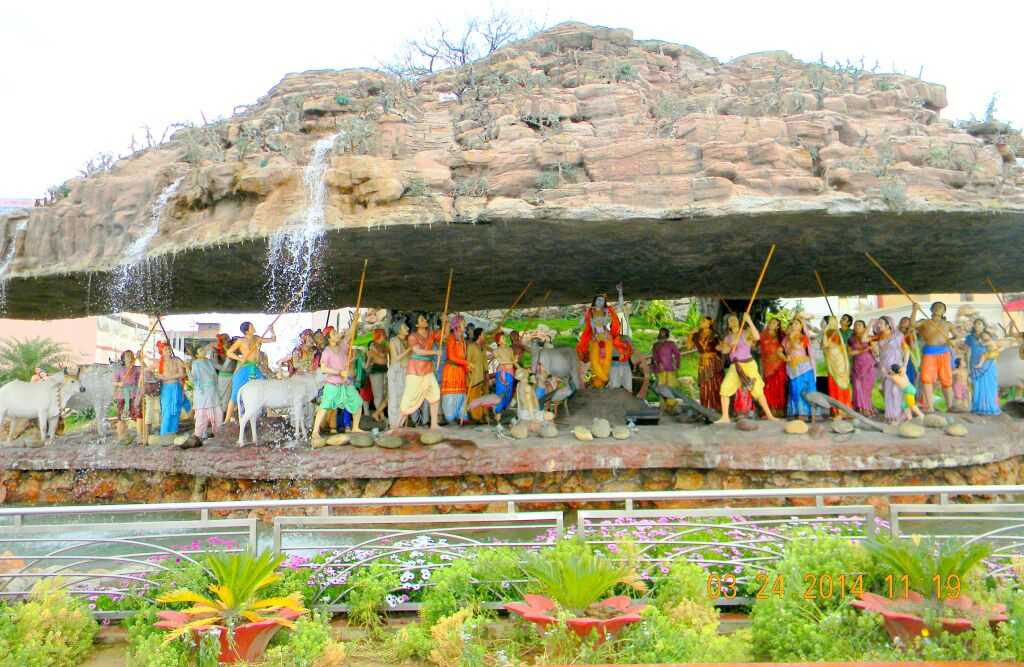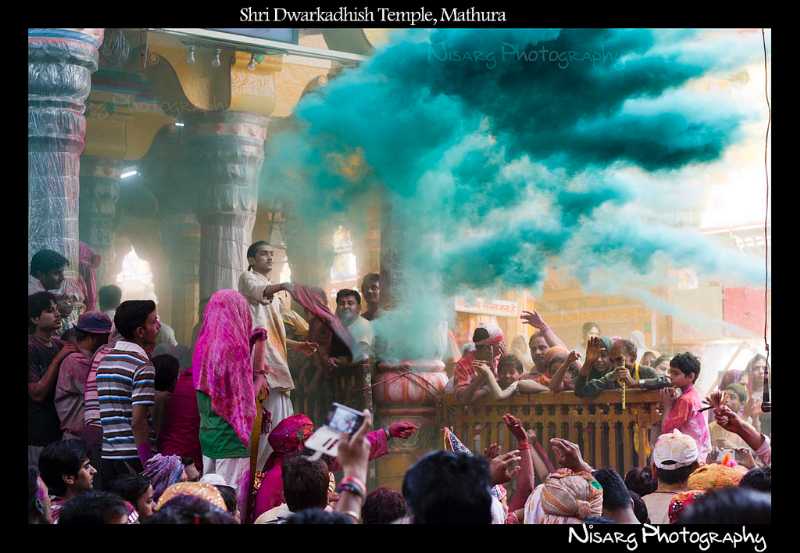| Lok Sabha Constituencies in RaeBareli district, Uttar Pradesh (MP Constituencies) | Amethi Rae Bareli |
| MLA Assembly Constituencies in RaeBareli district, Uttar Pradesh | Bachhrawan Harchandpur Rae Bareli Salon Sareni Unchahar |
About RaeBareli District :
The district of Raebareli, which was created by the British in 1858, is named after its headquarters town. Tradition has it that the town was founded by the Bhars and was known as Bharauli or Barauli which in course of time got corrupted into Bareli. The prefix, Rae, is said to be a corruption of Rahi, a village 5km. west of the town. It is also said that the prefix, Rae, represents Rae, the common title of the Kayasths who were masters of the town for a considerable period of time.
Since about the begining of the media level period of indian history the region in the south of which the area covered by the district of Raebareli lies has been known as avadh or subhah of avadh. In the north it streched as far as the foothills of the Himmalays and in the south as far as the Ganga beyond which lay the Vatsa country. There is no doubt that the district has been civilised and settled life since very early times.
District at a Glance :
- District –
- Headquarters –
- State
- Total –
- Rural –
- Urban –
- Population –
- Rural –
- Urban –
- Male –
- Female –
- Sex Ratio (Females per 1000 males) –
- Density (Total, Persons per sq km) –
- Assembly
- Loksabha
- Official Website –
Tourist Places :
Samaspur Bird Santuary :
Samaspur Bird Santuary is situated in Rohaniya Development block of the district, about 122 k.m from Lucknow on Lucknow-Varanasi highway. It was established in 1987 on a total area of about 799.371 hectare. Nearest railway station is Unchahar and the nearest airport is Fursatganj, Raebareli.The best period of visit is from November to March. More than 250 varieties of birds can be seen here.Some of the birds come here from a distance of 5000 k.m. which include Greleg Googe, Pin Tail, Common Teel, Vision, Showler, Surkhab etc. Local birds include Comb Duck, Whistling Teel, Spot Bill, Spoon Bill, King Fisher, Vulture etc. Twelve varieties of fish are there in the lake at Samaspur
Dalmau :

Dalmau is situated on the banks of Holy Ganga and is famous since ancient times. It has been the Historical town of the district. Prominent palces at Dalmau are King Dal’s fort, Bara Math, Mahesh Giri Math, Nirala memorial Institute, A well constructed by Ebrahim Sharki, Palace of Nawab Shuza-ud-daula, Baithak of Alhaa Udal, Dalmau Pump canal etc.
Behta Bridge :

This Bridge is situated in the outskirts of the Raebareli city. The important thing of this Bridge is that at this place Sharda canal crosses the Sai river. An aqueduct has been constructed and the canal flows in the duct.








